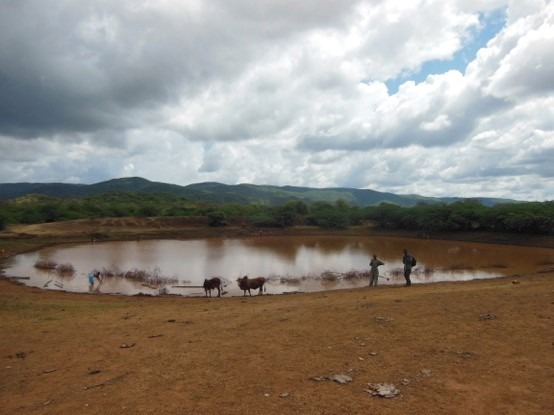Summary: Local level actors are increasingly recognised as critical actors for reducing disaster risk. Yet, local level actors cannot be solely responsible for risk reduction. The examples in this photoessay show some of the ways local actors across the world are reducing disaster risk, but also highlights the pitfalls of completely relying on local actors.
Local level disaster risk reduction is not a panacea
Most disasters are preventable. Ecosystems can be managed to reduce flooding, erosion, and drought. Buildings can be constructed to resist earthquakes. Preparedness can save lives and resources when disaster strikes. Increasingly the international community is turning to local level actors—individuals, households, and communities—to reduce disaster risk, arguing that they have a high degree of capacity to address risk. However, as this photoessay illustrates, while local actors do many things to address risk, they cannot address all they risks they face on their own and should not be abandoned in the name of local risk reduction. The photographs are the author’s unless otherwise noted.
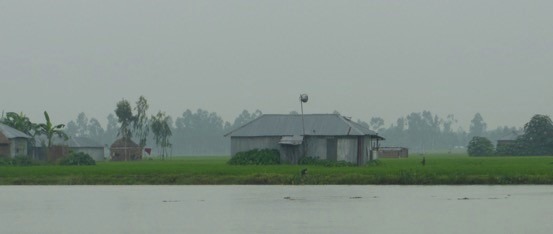
In Bangladesh floods occur regularly for the over 600,000 people who live in the chars, low-lying riverine islands of the country. When floods occur residents will often give their cattle to their friends and neighbours to look after while they recover.
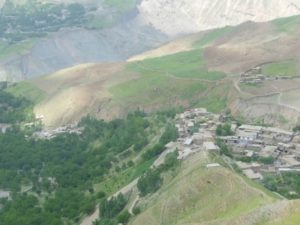
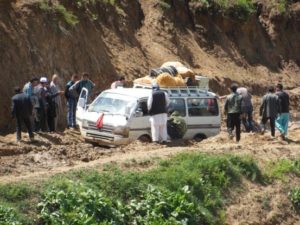
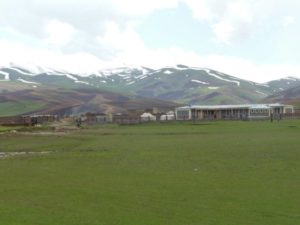
Badakhshan is a mountainous province in Northern Afghanistan. Its treacherous roads mean that in winter, communities can be cut off from the outside for up to six months of the year. The people of the province know how to be self-sufficient and every year stockpile food, fuel, and essential goods to make it through the winter.

Water is an important resource for the agro-pastoralists in Marsabit County, Kenya. Communities manage their own water ponds, dredging them every year during the dry season to help reduce the impact of drought.
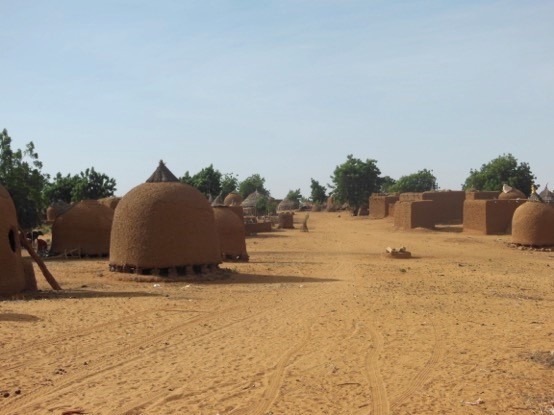
Water is also critical in Tahoua, a dryland Region of Niger. Crops are difficult to grow in the dry season, so men will migrate to the cities for work.
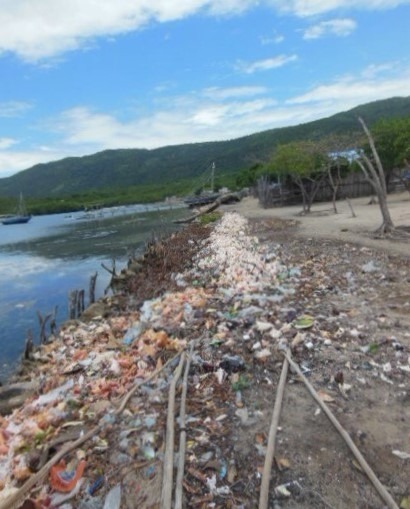
In La Gonâve, a small island off the coast of Port au Prince, villagers live with another water related hazard—coastal erosion. Simple barriers of shells and sticks provide erosion protection.
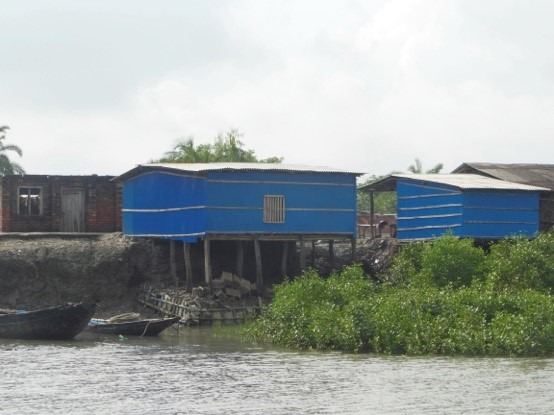
Erosion and floods are also prevalent in the Sunderbans, a coastal region of Bangladesh. Concrete blocks and mangrove trees provide simple erosion protection, and stilt houses reduce flooding risk.
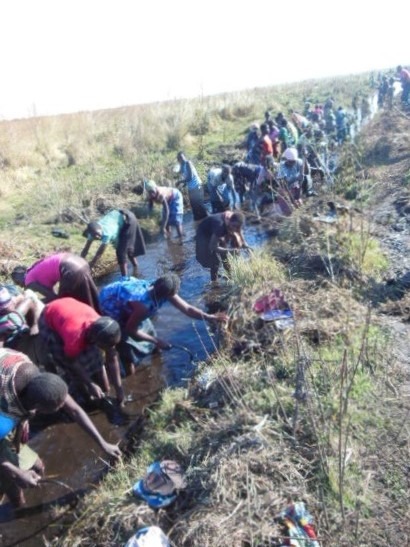
The Zambezi River runs through the Western Province of Zambia. To reduce flooding village members maintain a series of canals, clearing them yearly. The Barotse Royal Establishment, the customary governance structure, helps organise the work.
These activities all contribute to risk reduction. Some, however, only provide partial disaster protection against risk, and should be viewed more as coping with risk rather than reducing it. Full risk reduction often requires addressing the macro-level structural and political problems that give rise to vulnerability in the first place.
Kroo Bay is an example of the need for DRR beyond the local level. Kroo Bay is a slum located on a floodplain in the heart of Freetown, the capital of Sierra Leone. Residents of the slum are poor, and have limited options where to live. In the slum they face a number of risks including flooding, which is made worse by the lack of flood protection and high amount of solid waste in the river coming from wealthier upstream areas. While some implement their own risk reduction measures, and a local CBO, Community Disaster Management and Emergency Response Team (CODMERT), is working to change risk behaviour, better waste management at the municipal level, physical mitigation structures, and improved external services are all needed to reduce risk in the slum.
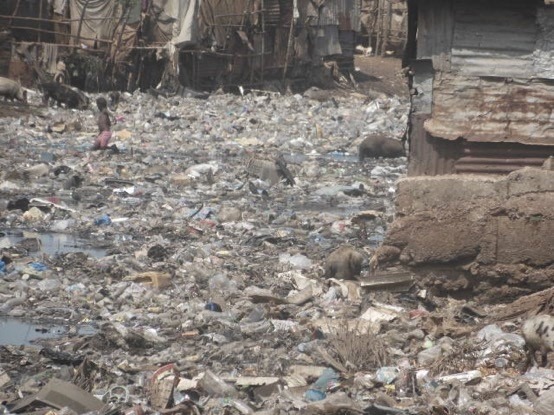
The river running through Kroo Bay. Waste comes in from upstream, blocking the river and exacerbating flooding.
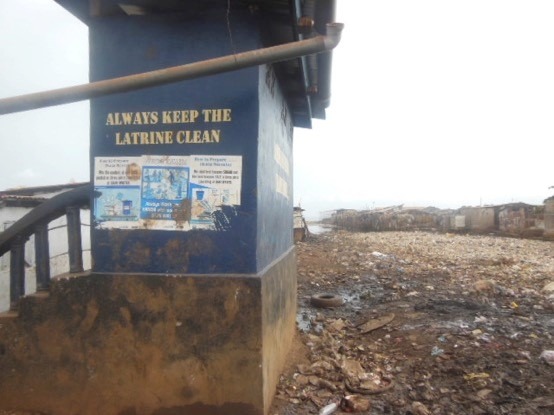
A clean latrine might improve hygiene but does little to address broader waste issues.

CODMERT’s community sensitisation activities. Again, they can help manage risk but cannot fully reduce all risks.
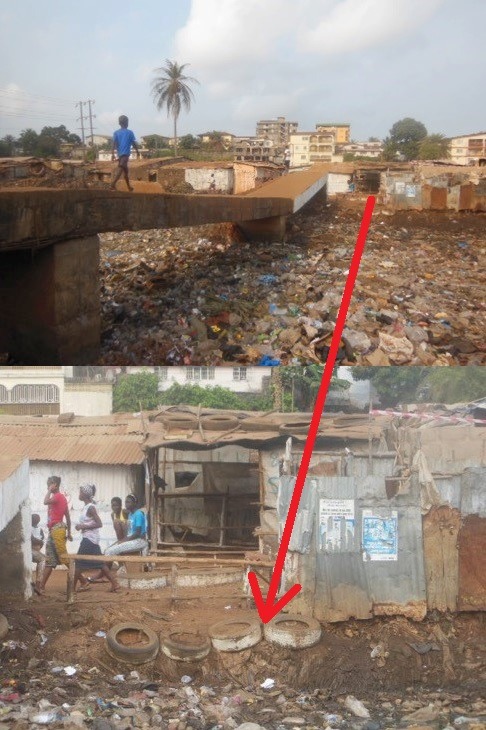
Slum residents construct basic mitigation measures to reduce risk. In this case tires are used to provide minimal erosion protection. Erosion is, however, still a problem and areas are still exposed to flooding.
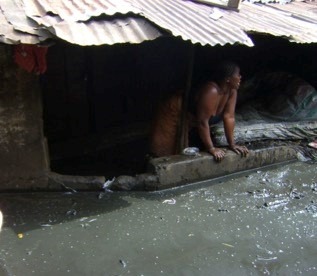
Flooding in the bay. Flooding occurs regularly, the result of poor infrastructure and lack of waste management. Flooding contributes to the spread of vector borne diseases and destroys economic assets.
Local actors play a crucial role in DRR. As the Kroo Base case illustrates, however, local level actors cannot be solely responsible for disaster risk, and local level risk reduction cannot be a substitute for addressing the underlying structural and political causes of risk. National and international actors need to step up and support local actors, not just by providing them with training and resources to address risk at local level, but working at national and international levels to change the causal conditions giving rise to risk.
Aaron Clark-Ginsberg is a doctoral candidate at the University College Dublin Centre for Humanitarian Action. This article is based on Aaron’s research on how Concern Worldwide, an Irish humanitarian NGO, works with national stakeholders to reduce disaster risk. You can learn more about the research project here.
MAHB-UTS Blogs are a joint venture between the University of Technology Sydney and the Millennium Alliance for Humanity and the Biosphere. Questions should be directed to joan@mahbonline.org
MAHB Blog: https://mahb.stanford.edu/blog/local-level-disaster-risk-reduction/
The views and opinions expressed through the MAHB Website are those of the contributing authors and do not necessarily reflect an official position of the MAHB. The MAHB aims to share a range of perspectives and welcomes the discussions that they prompt.
